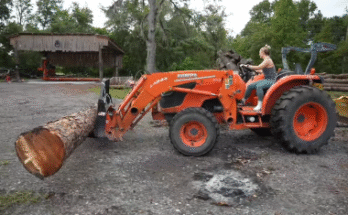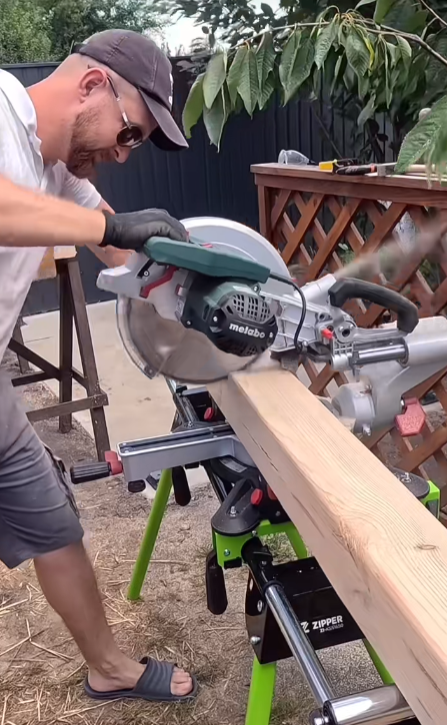
The world of craftsmanship is filled with the beauty of creating intricate and unique objects, but one of the most interesting creations might just be a woodcutter made of wood. At first glance, this concept might seem a bit unusual. After all, how could a woodcutter, who is typically the one using tools to shape or cut wood, also be created from wood? But that’s precisely what makes this creation so captivating—a perfect blend of art, craftsmanship, and nature.
In this exploration, we’ll dive into the fascinating process of making a woodcutter sculpture made from wood, examine the symbolism behind such a creation, and understand why wood remains one of the most revered materials in the world of art and sculpture.
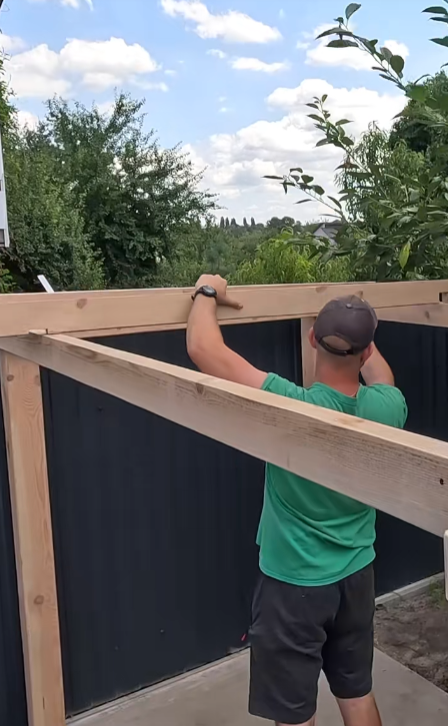
The Craft of Wood Sculpture
Woodworking has been a part of human history for centuries. From the earliest tools made of stone and bone to the fine woodcarvings found in ancient temples and homes, wood has played a pivotal role in human civilization. The process of creating sculptures from wood is a detailed and meticulous one, requiring not only an understanding of the material but also a deep appreciation for craftsmanship.
When it comes to creating a woodcutter made from wood, the first thing to understand is the type of wood used. Hardwood varieties such as oak, maple, and walnut are often preferred for their durability and grain patterns, which lend themselves well to fine detailing and lasting sculptures. These types of wood also allow the artist to carve intricate designs and ensure the final product holds up well over time.
Step-by-Step Process of Creating a Woodcutter Sculpture
Creating a woodcutter sculpture made entirely of wood involves several steps that range from conceptualizing the design to the final carving and finishing touches. Here is an outline of the key steps involved in bringing this masterpiece to life:
1. Conceptualization and Design
The first step in any sculpture project is to come up with a concept or design. For a woodcutter sculpture, the artist might choose to depict a traditional lumberjack with a flannel shirt, sturdy boots, and an axe in hand. Alternatively, the design could be more abstract, focusing on the essence of the woodcutter’s work rather than the person itself.
This is a crucial phase because it sets the stage for the entire project. Artists often sketch their ideas in detail, considering the positioning of the figure, the flow of movement, and the facial expressions that bring the woodcutter to life. The design also includes determining the dimensions and size of the sculpture.

2. Selection of Wood
Once the design is finalized, the next step is selecting the wood. Artists choose pieces that have the right texture and grain for the specific project. For a woodcutter sculpture, the grain of the wood can play a major role in how the final piece turns out. The sculptor may select a wood that complements the style of the sculpture, ensuring that the wood’s natural features, like knots and textures, enhance the piece rather than detract from it.
Some artists prefer to use reclaimed wood, which gives the sculpture an extra layer of character and history. Reclaimed wood often comes from old barns, houses, or trees, making each piece of wood rich with its own story.
3. Carving the Basic Shape
Once the wood is selected, the sculptor starts the carving process. Using chisels, knives, and other specialized tools, the artist begins to carefully remove portions of the wood to create the basic shape of the woodcutter. The initial steps involve rough cuts and the general shaping of the body, head, limbs, and accessories, like the axe or saw.
At this stage, the sculptor doesn’t worry too much about fine details. The focus is on getting the proportions correct and building up the form. This stage may take several days or even weeks, depending on the size and complexity of the sculpture.
4. Detailing and Refining the Features
As the basic shape of the woodcutter emerges, the sculptor starts adding finer details. This includes facial features like the eyes, nose, and mouth. The sculptor may also add details like the folds in the clothing, the texture of the axe handle, or the strands of hair. It’s during this phase that the sculpture starts to come to life, and the artist’s vision becomes clearer.
Wood can be both cooperative and stubborn, so this step requires patience and precision. The sculptor might work for hours on a small section of the figure, refining it to perfection. The challenge is to maintain the overall composition while adding intricate details that enhance the visual impact.
5. Sanding and Smoothing the Surface
After the carving is done, the sculpture will have rough surfaces and tool marks that need to be smoothed out. Sandpaper and specialized tools are used to gently smooth the wood, revealing the beautiful grain and creating a polished finish. Sanding also helps in making the sculpture feel more natural and lifelike, eliminating any rough patches that might detract from the overall aesthetic.
The artist might switch between different grits of sandpaper, starting with coarser papers and working their way to finer ones. This process can take a significant amount of time but is essential for bringing out the natural beauty of the wood.
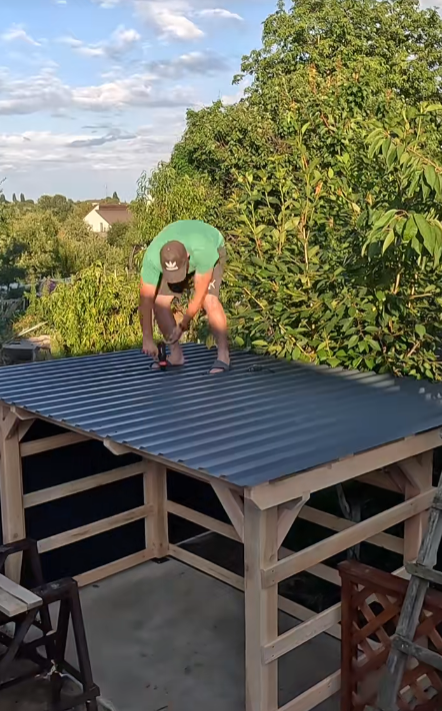
6. Staining or Painting
Once the sculpture is carved and smoothed, the artist may choose to stain or paint the sculpture to bring out its color and texture. Some artists prefer a natural finish that preserves the warm hues of the wood, while others may choose to add color for a more dramatic effect.
Staining enhances the natural grain and gives the sculpture a rich, warm tone, while painting can add depth, detail, and character. For example, the woodcutter’s flannel shirt might be painted with shades of red and black, and the axe might be painted silver to mimic the look of metal.
7. Sealing and Finishing
To protect the wood and ensure the sculpture lasts for years to come, a protective sealant is applied. This helps preserve the wood from environmental elements like moisture, dust, and sunlight. A good sealant also enhances the wood’s natural colors and adds a slight sheen, giving the sculpture a refined and finished look.
Some artists might opt for an oil-based finish, while others may choose wax or polyurethane depending on the desired effect. This final step helps ensure that the woodcutter sculpture is not only beautiful but
Symbolism of the Woodcutter Sculpture
A woodcutter sculpture made of wood is not just an artistic creation but a symbol of the relationship between humanity and nature. Historically, woodcutters have been associated with hard work, resilience, and a connection to the land. In many cultures, the woodcutter represents strength and determination, cutting through forests to create space for civilization while maintaining a deep respect for the natural environment.
By making a woodcutter out of wood, the artist creates a symbolic loop where the material mirrors the subject. The woodcutter, crafted from the very material they work with, reflects the cyclical relationship between man and nature—both dependent on each other for survival and growth.
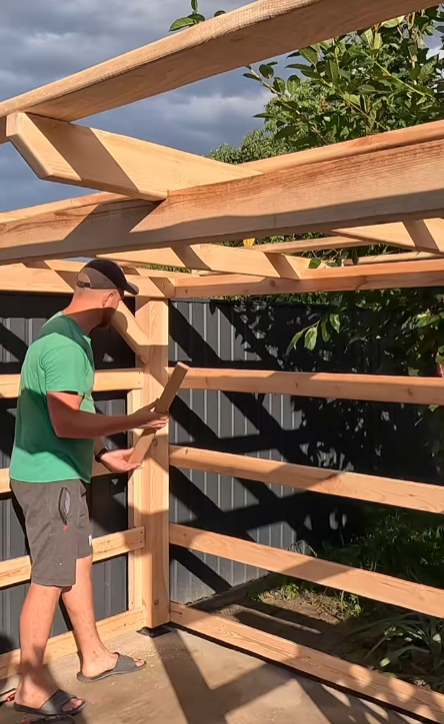
Conclusion
A woodcutter made of wood is not just a work of art but a celebration of craftsmanship, nature, and tradition. The process of creating such a sculpture is a testament to the skill, patience, and dedication of the artist. From selecting the right piece of wood to carving intricate details, every step is carefully executed to ensure that the final piece tells a story of strength, nature, and the timeless bond between human hands and the world around us. The result is a captivating piece of art that will endure for generations to come, reminding us of the beauty that can arise from the most humble of materials.



